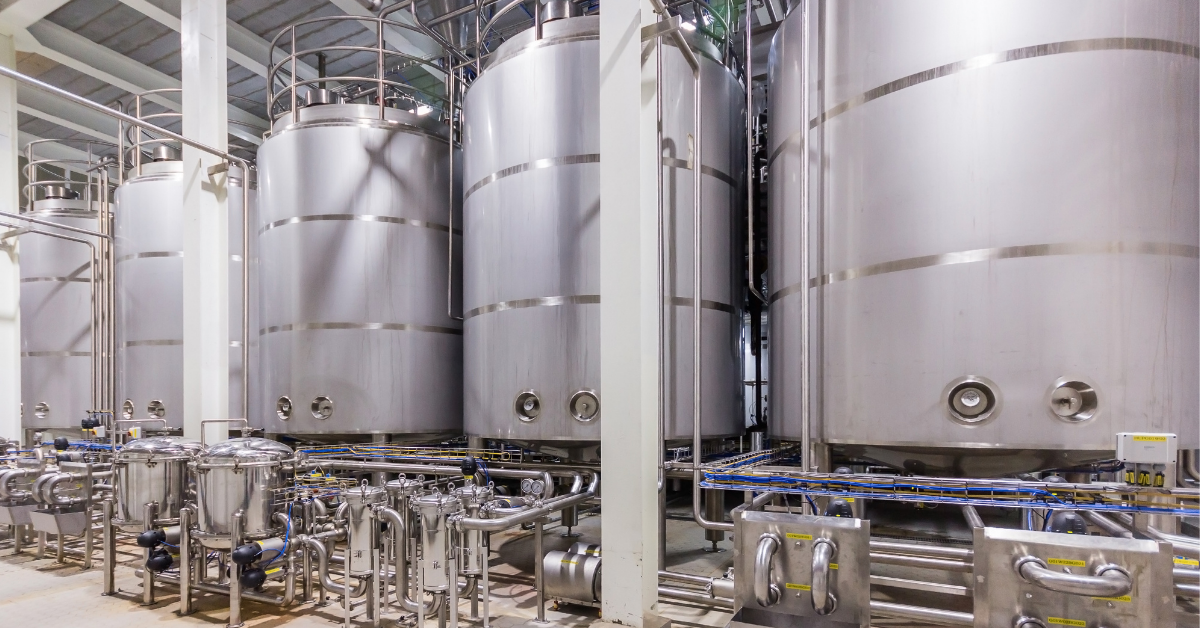Process Understanding - The Backbone Of Process Development & Transfer
Chemical manufacturing processes in innovation-driven industries like pharmaceuticals are inherently complex in nature. In such industries, the traditional “quality-by-testing” approach of trial-and-error is being replaced by a more scientific approach spanning discovery, development and manufacturing. This approach is characterized by methods and workflows that are based on fundamental process understand
Process understanding is not just a ‘nice to have’ – it is actually critical to achieve a state of operations where things are done right the first time, every time. In fact, with good process understanding, an organization stands to reap a number of impactful business benefits such as reduced time to market, better use of resources, elimination of wastage and perhaps most importantly and a no-surprises path to regulatory approval.
Process understanding can be quantified in terms of the scale-dependent and scale-independent aspects of a unit operation. Armed with good process understanding, an engineer can use data from laboratory experiments – typically collected in small scale equipment – to confidently scale up to manufacturing to support clinical trials and/or to larger scales.
The scale-dependent aspects of a unit operation can be quantified conveniently using computational/first-principles models. This step – “Asset Digitalization” – results in a “digital nameplate” for the process asset under consideration, such as a crystallizer, a bioreactor, a tablet press or a granulator. Similar to a physical nameplate, the digital nameplate provides details on the capabilities of the asset or “process metrics” – in terms of expected mixing times, heat transfer capabilities, gas-liquid mass transfer effectiveness etc. – as a function of process conditions and material properties.

The scale-independent aspects of a unit operation are, in a similar manner, captured by the so-called “process signatures”. Process signatures combine experimental data and asset characterization information to create relationships between process metrics and product attributes which are true for any scale. They are based on the tenet that as long as the processing “micro”-environment remains the same, no matter what the shape and size of the vessel, the end product quality is bound to remain the same.
Combining asset digitalization and process signatures offers a powerful way in which information from lab data can be appropriately contextualized and reused for scaling up and technology transfer.
Describing product quality attributes in terms of process metrics is also advantageous from a process control perspective. Knowing (quantitatively) how the internal environment of a process equipment impacts quality attributes, we can devise control strategies to manipulate process performance. This can be quite empowering to an engineering team during technology transfer. The sending and receiving units (SU and RU respectively), can communicate entirely in terms of CQA-CPM relationships. For instance, the SU can specify a certain combination of kLa, mixing time and average gas bubble size ranges as representing the best processing environment for good product quality (titer value for instance). The RU can use this information in conjunction with their DNA database to determine the appropriate CPPs for the equipment at their facilities. In this way, facility fit assessments can be performed in a meaningful and reliable manner.
Scaleup and technology transfer, when performed in the manner described above, allow for systematic knowledge transfer between the SU and the RU. Because process understanding provides a sound basis for all activities, there is less fire-fighting and more control over quality during process transfer. With an approach like this, one can imagine technology transfer becoming more of something to look forward to – because things get done right first time, every time!

